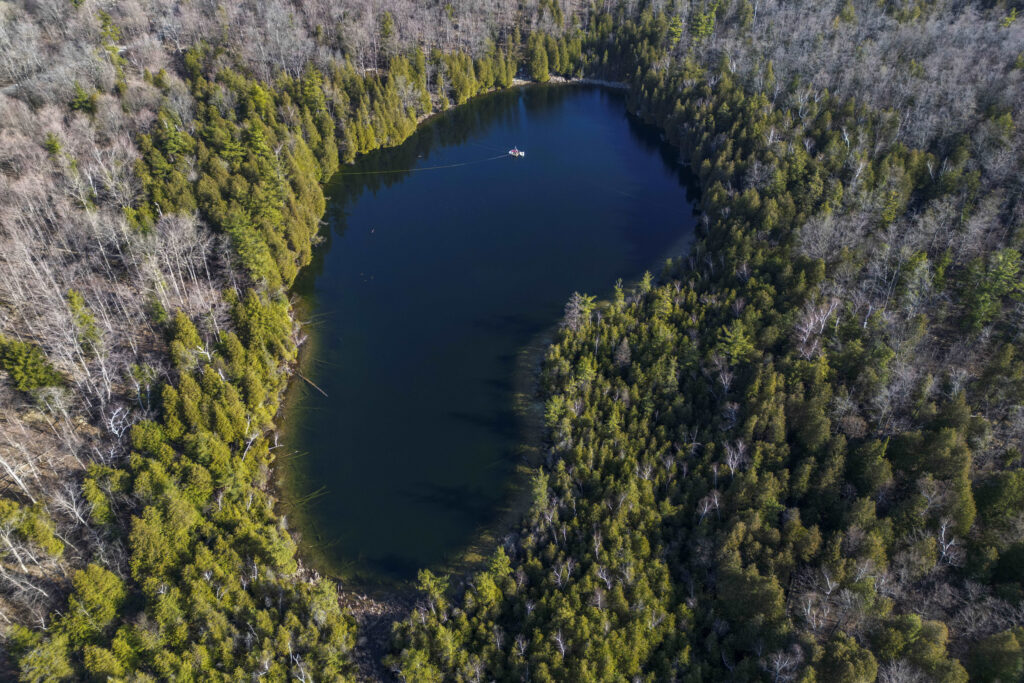We are in an ice age, a geological epoch in which there is persistent year-round ice at the poles, and have been for 2.58 million years. (Or 34, if you use the definition of ice at one pole.) What is often colloquially called an “ice age”, when the ice sheets spread south and cover large parts of the continents, is properly a “glaciation” and the relatively balmy and livable interval we are currently enjoying, the Holocene, is called an “interglacial”. And long may it last, because the previous four interglacials were shorter than this one, albeit warmer. But wait, you say, hasn’t the Arctic ice all melted? Nope. It builds up until April, partially melts back every summer and reaches a minimum around September, then rebounds again in the winter. Which is not surprising since winter temperatures in the Arctic are usually in the range of -20C to -40C. And while the summer melt has led to lower ice coverage than there used to be, the minimum hasn’t changed much since 2012. How do we know? We looked it up.
The data are available at the Danish Meteorological Institute website. The sea ice volume record looks like this:

Even at its lowest there is still lots of ice. (If you want to see a visualization of the September sea ice minimum since 1979 click here.) There was clearly a drop in the ice volume from around 2004 to 2012, that led a lot of people to extrapolate in a panic and declare the North Pole would be ice free by 2016 or 2018 or 2020. And yet the process leveled out and the ice has stayed around. We fearlessly predict that by the end of the winter (April) Arctic sea ice will be well over 20,000 cubic km. And we wouldn’t be surprised if it begins edging up towards 25,000 again, but we’ll have to wait and see. And when the time comes, we’ll #Lookitup.



The best current hypothesis on the cause of interglacials during the current ice age is that they are caused primarily by the tilt of the earth on its axis, causing higher solar energy at high latitudes in the summer kicking off the glacial melt. If this does turn out to be the primary cause (with several other cyclical secondary inputs) then I’d bet that Canada will be mostly under ice before we have an ice free Arctic Ocean. The earth axis is well past its maximum tilt, which is when high latitude insolation is at its maximum, and it now moving back to the tilt that has led to glaciation in the past (and as pointed out this interglacial has lasted longer than average, though it isn’t the longest yet). Since there is no data suggesting higher CO2 can prevent the next glaciation, Canadians likely will be out of luck sometime in the next 1000-2000 years…
The press seem to think that we shall see an ice-free Arctic in the summer before 2030. Some predict 2027. I keep reading this stuff. When they prove to be wrong, they'll set another date.
[…] #LookItUp: Arctic sea ice volume […]